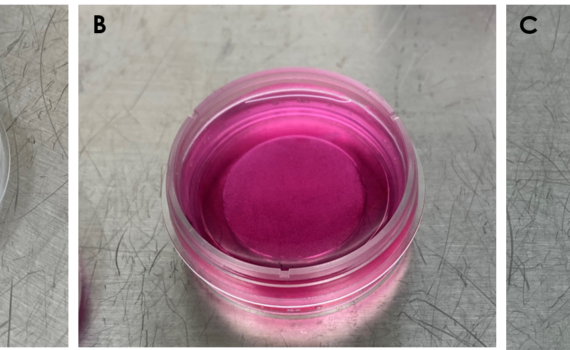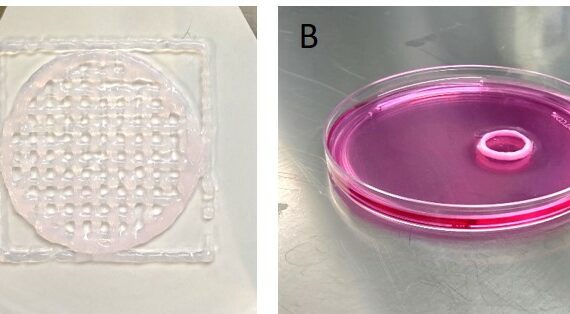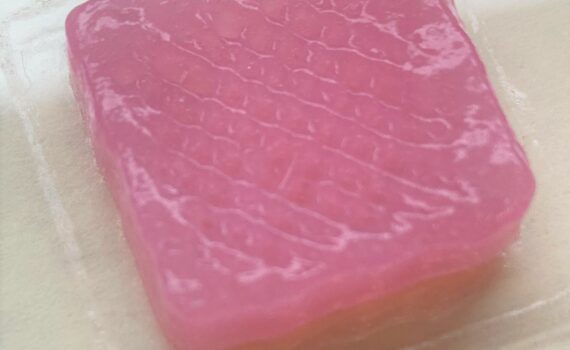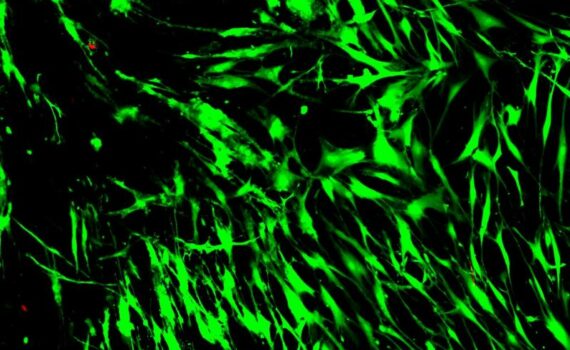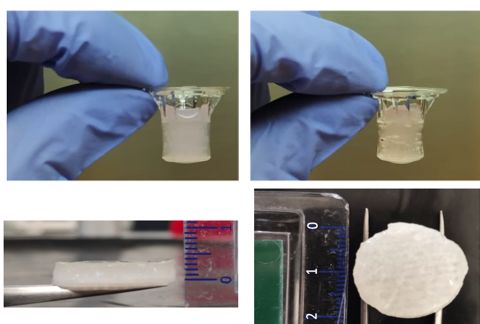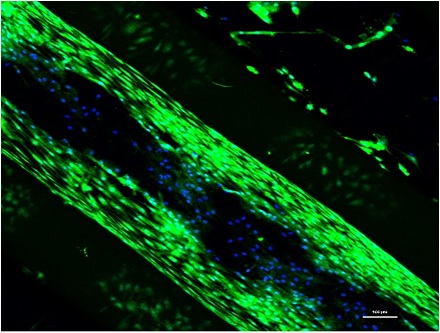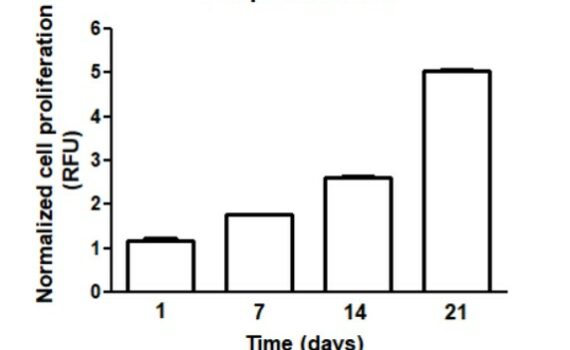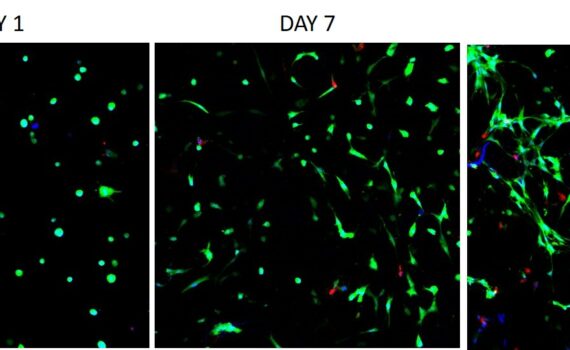00 Introduction Collagen type I is the most common fibrillary collagen found in skin, bone, tendons and other connective tissues, accounting for around 90% of the body’s total collagen. Collagen type I-based hydrogels are ideal for 3D printing and bioprinting applications due to their excellent biocompatibility, biodegradability and controllable printability. […]
Colagen I
+30 INTRODUCTION Type I collagen is the most abundant type of collagen in the human body, as a major structural matrix protein in skin and many other tissues including bone, tendon and fibrous connective tissues. ColBioink is a sterile solution of highly purified collagen type I from porcine origin that […]
+20 INTRODUCTION Collagen is the most abundant structural protein in the extracellular matrix (ECM), accounting for 30% of the total body protein content in humans. Amongst the 28 types of collagen that have been already identified, collagen type I is the most abundant by far, playing its most prominent functional […]
+20 In the picture: 👀 99% of cell viability with ColBioink formulation. This material is a native Type I collagen formulation that comes from porcine origin and is in a “ready to print format”. It also ensures that the formed structures can be safely grafted without immune rejection and used […]
+70 Introduction The skin is an important protection of the body against the external environment. Its structure formed by the epidermis, dermis and hypodermis, constitutes a fundamental role for its function of physical barrier, thermoregulation, homeostasis and immunity. The importance of these functions is especially evident in the physiological disorders […]
+20 Human articular chondrocytes were isolated as previously described (Lopez-Ruiz et al., 2013) Chondrocytes were grown in Dulbecco’s modified eagle’s medium (DMEM) – high glucose (Sigma) supplemented with 10% fetal bovine serum (Gibco), 50 microg/microL of l-ascorbic acid 2-phosphate (Sigma), 1% penicillin-streptomycin (Sigma), and 1% ITS (Gibco) in a 25-cm2 […]
+10 Introduction 3D in vitro models offer a better representation of in vivo conditions, which is translated into differences in cellular morphology, metabolism and functions when compared with cultures in monolayer. To measure such differences, a plethora of indicators can be used; with the alamarBlue assay, levels of oxidation during […]
+30 Introduction To date, most cell-based assays use traditional 2D monolayer cells cultured on flat and rigid substrates. However, these models are unable to reproduce the architecture, mechanical and functional properties inherent to native tissues, thus hampering the translation of research results into clinics. For these reasons, 3D cell culture […]

